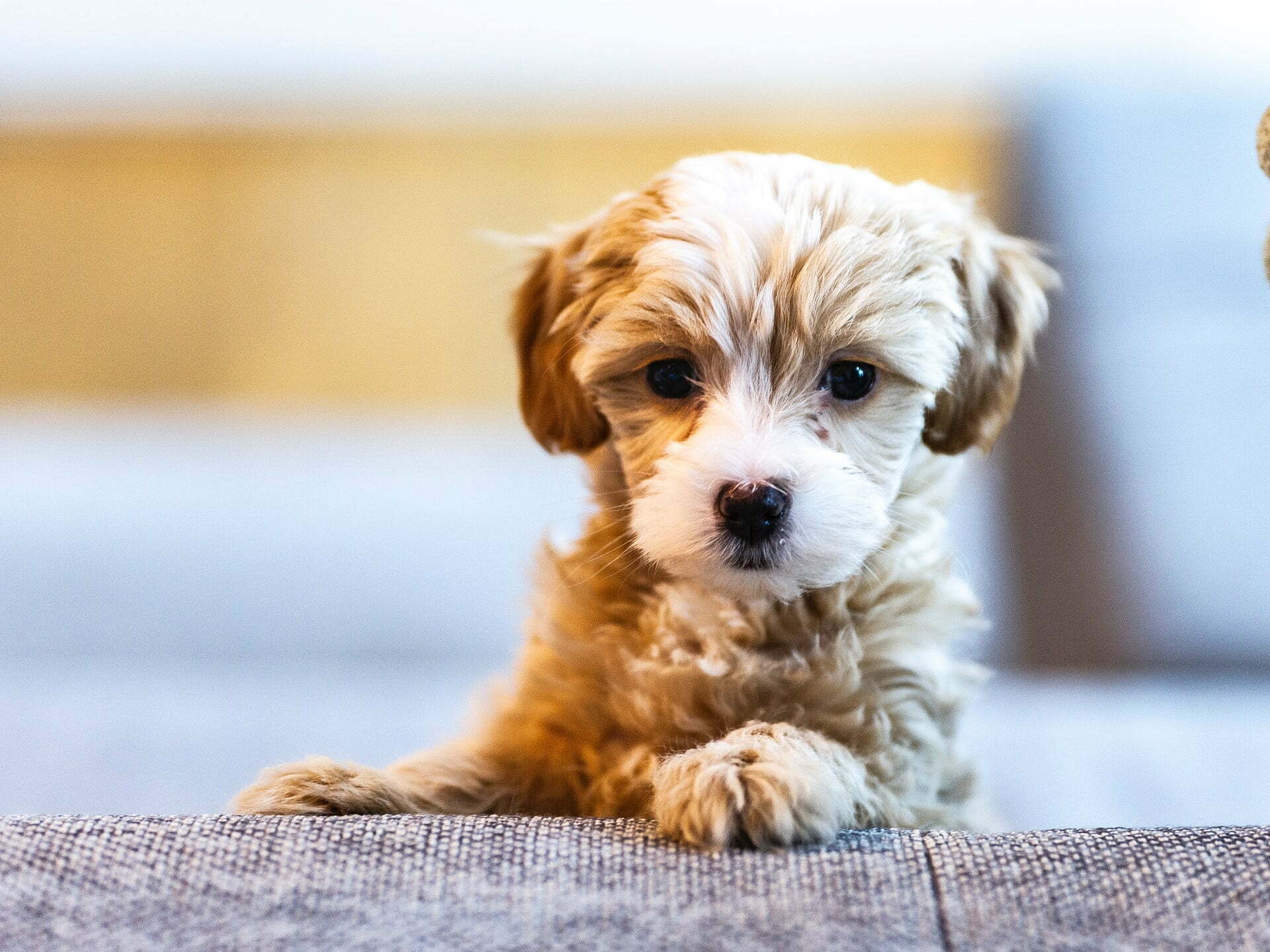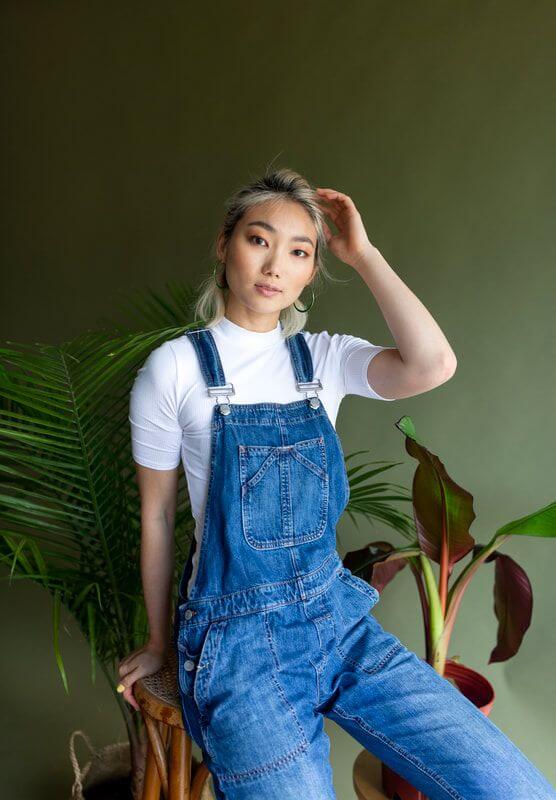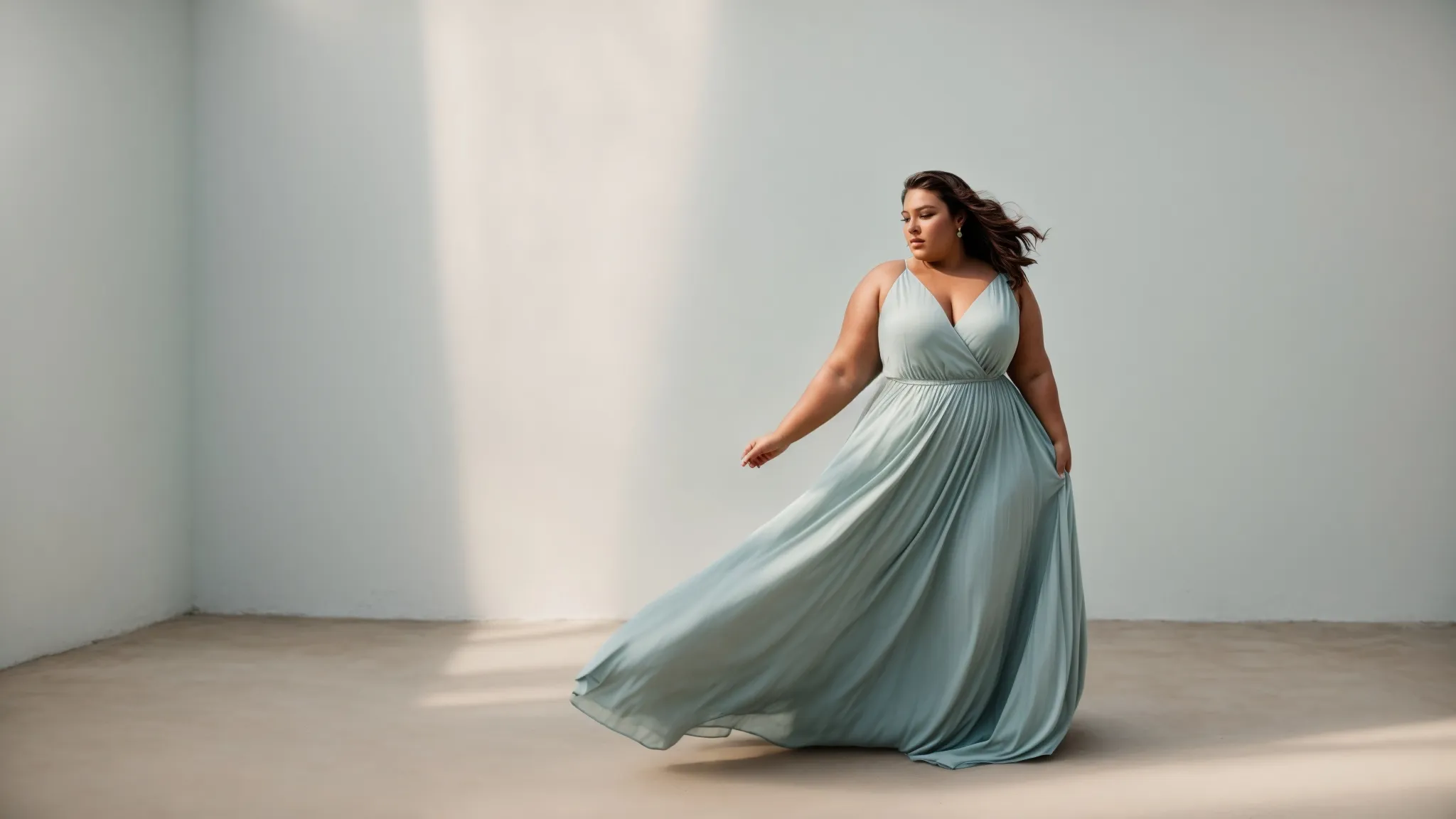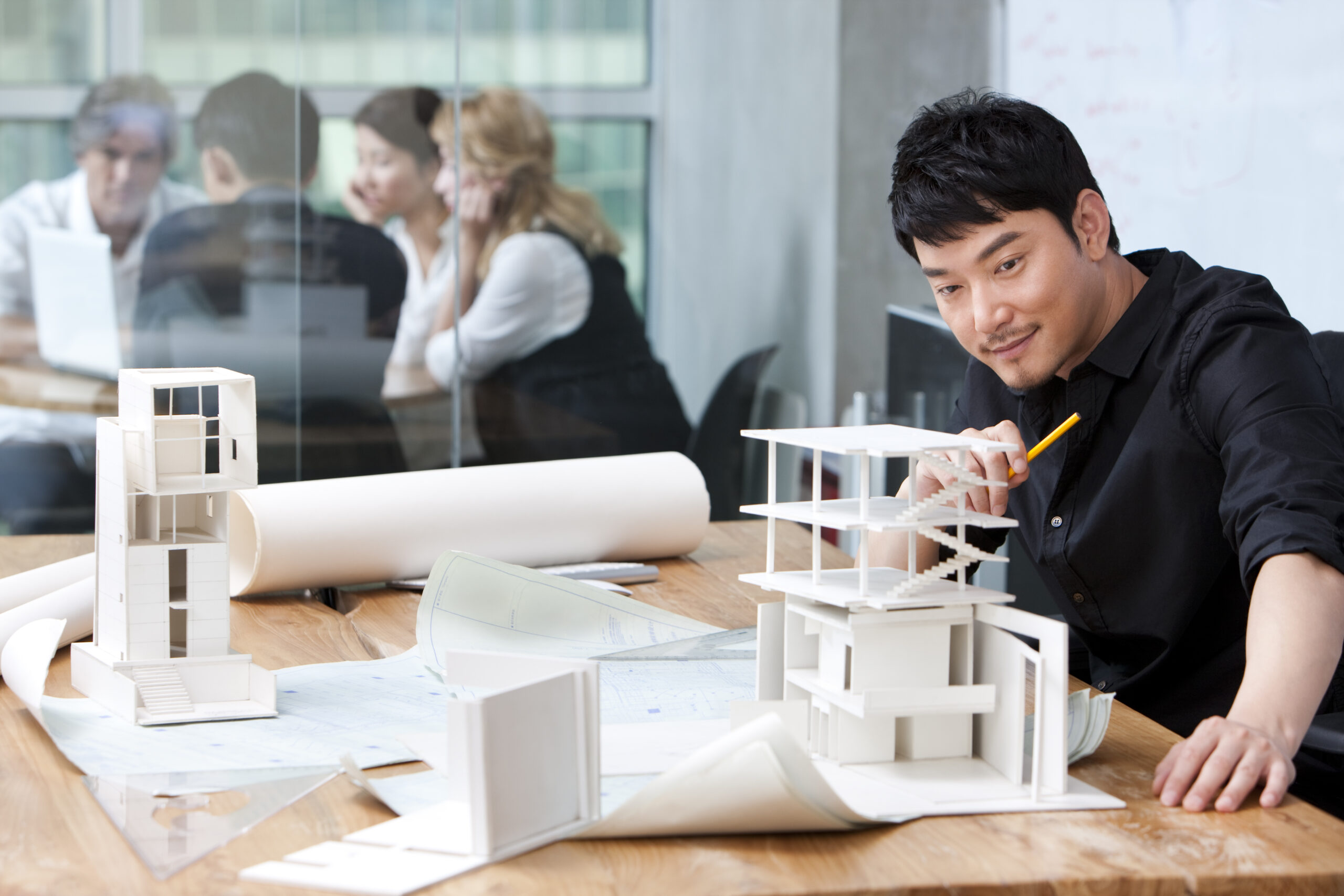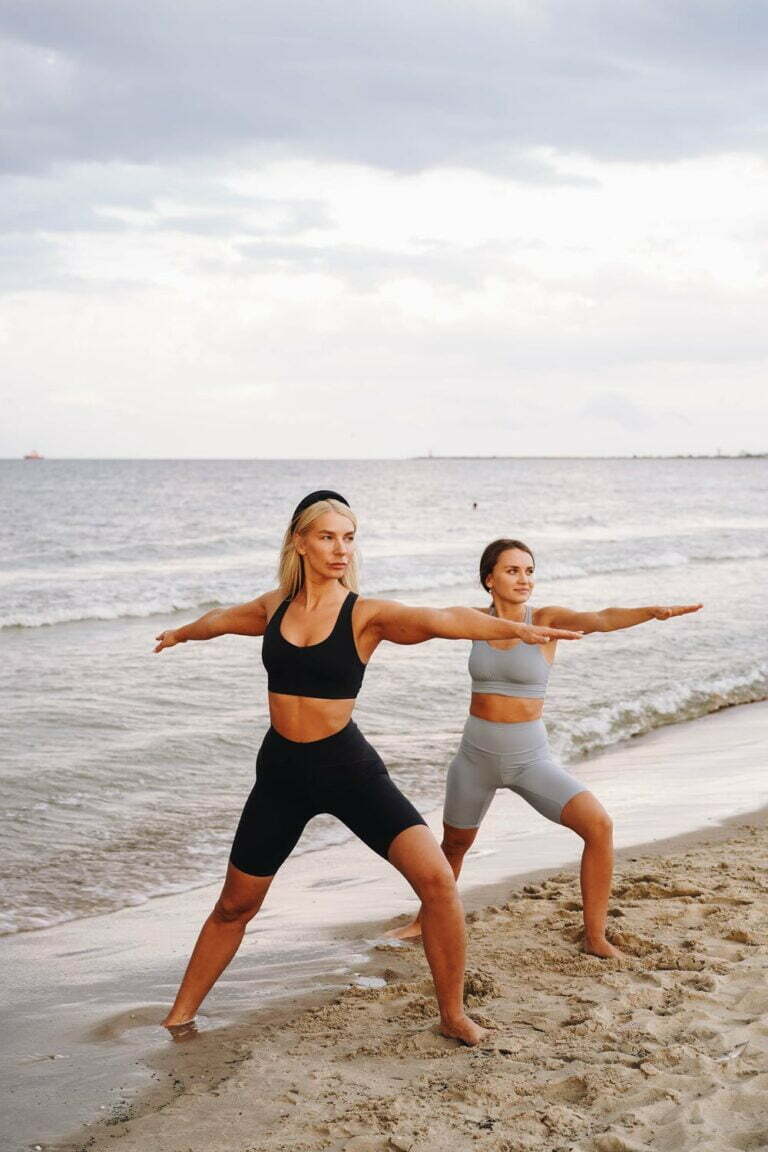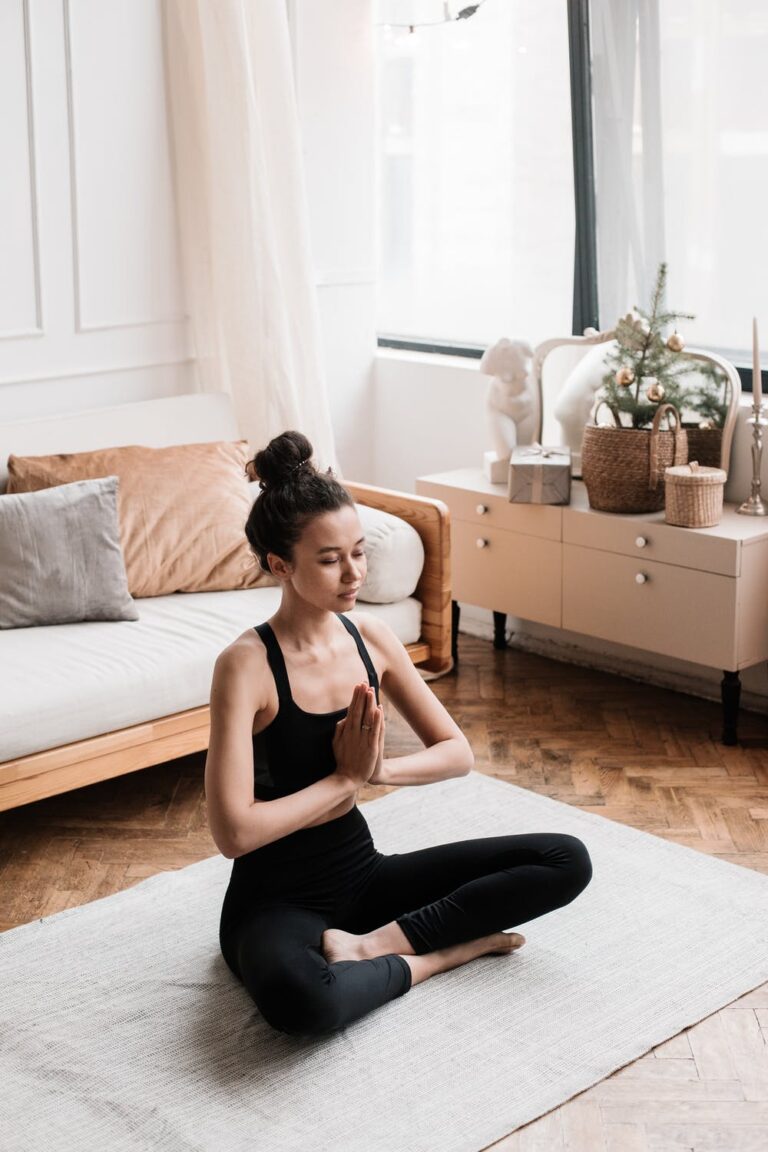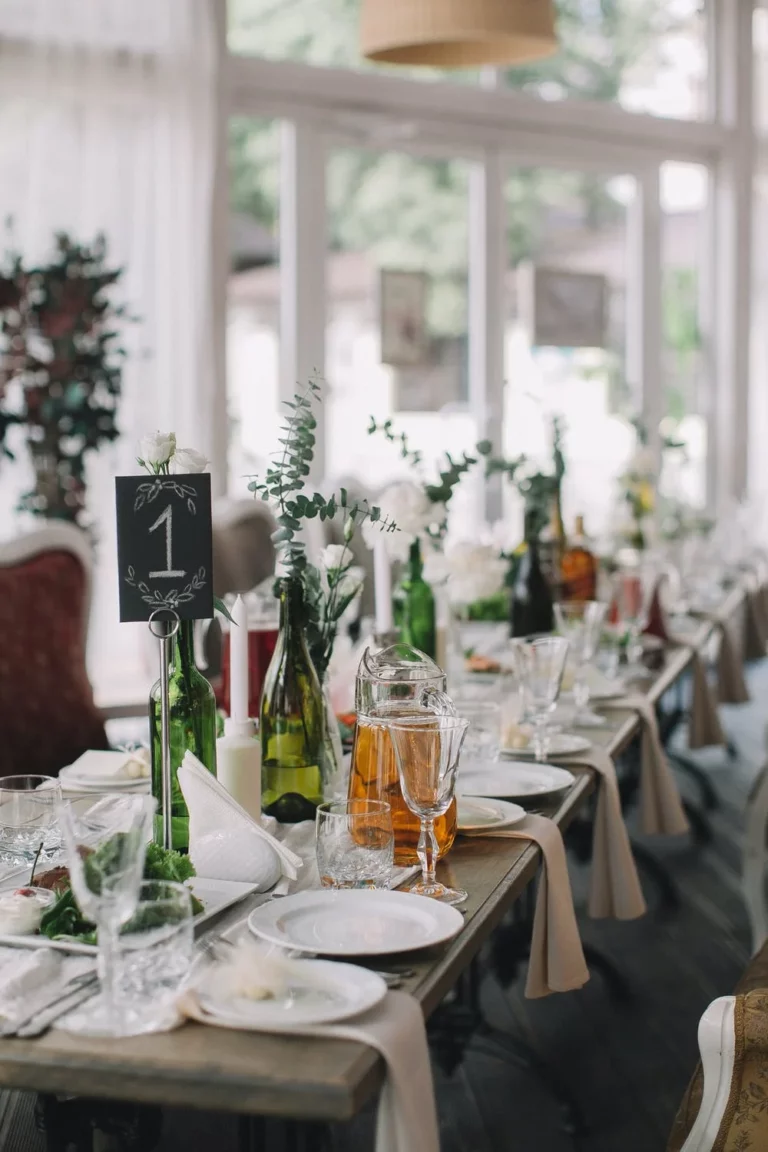Making the decision to bring a puppy into your home is not one that should be taken lightly. There is a lot of planning and preparation that goes into making sure that your home is pup-friendly and creates a stress-free environment for your newest addition. To take some of the hassles out of making sure that your home is ready to welcome your furry friend, we’ve put together of list of essential preparations to give your new pup a happy and healthy home.
1. Get ready to walk a lot.

Regardless of the breed and size of your puppy, he’s going to need a way to get out all of that energy. While having a yard or patio for your dog to play in is nice, you’re going to need to walk your little friend at least once a day. This means investing in a good harness to keep them close. While leashes are okay in a pinch, the pulling on a dog’s neck can irritate them and cause them to panic. Instead, look at a good dog no pull harness, which wraps around like a vest and keeps them secure without all of the accidental neck strain.
2. Make sure you have pet-friendly houseplants.

If you like keeping plants, whether inside or out, make sure that your plants won’t harm your puppy if ingested. Accidents happen, and making sure you have pet friendly plants will give you one less thing to worry about if you’ve got a pooch who is a little too curious and feels the need to taste everything within its reach. Luckily, many of the plants you have in your home already are probably pet-friendly— spider plants, Boston ferns, and African violets, for example, are all very popular houseplants and won’t make your puppy sick if they decide to take a taste.
3. Find the right professionals.
Your pet’s veterinarian and their trainer are probably two of the most important people in their life, aside from you of course. Be sure that your vet not only fits within your budget but that they are reputable and can be trusted with your furry friend. When it comes to dog trainers, spend time around dogs who have been trained by them, and study their behavior. You want a trainer who teaches more than just the basics and is willing to work with you so that you can reinforce their training at home. If you’re not sure how to go about finding a vet or a trainer, asking around at a dog park or getting tips from your family and friends is always a great option.
4. Bring on the toys.
There are many different types of dog toys on the market, and they’re meant to do different things. While a tennis ball is a classic active toy, a knotted rope for chewing and tugging is great for tug-of-war. If your puppy seems to be comforted by carrying around a small toy, look for pet-friendly stuffed toys — and try not to be too upset when you come home from work to find Fluffy in little snowy pieces all over your living room carpet.
5. Keep your pooch — and your belongings — safe.
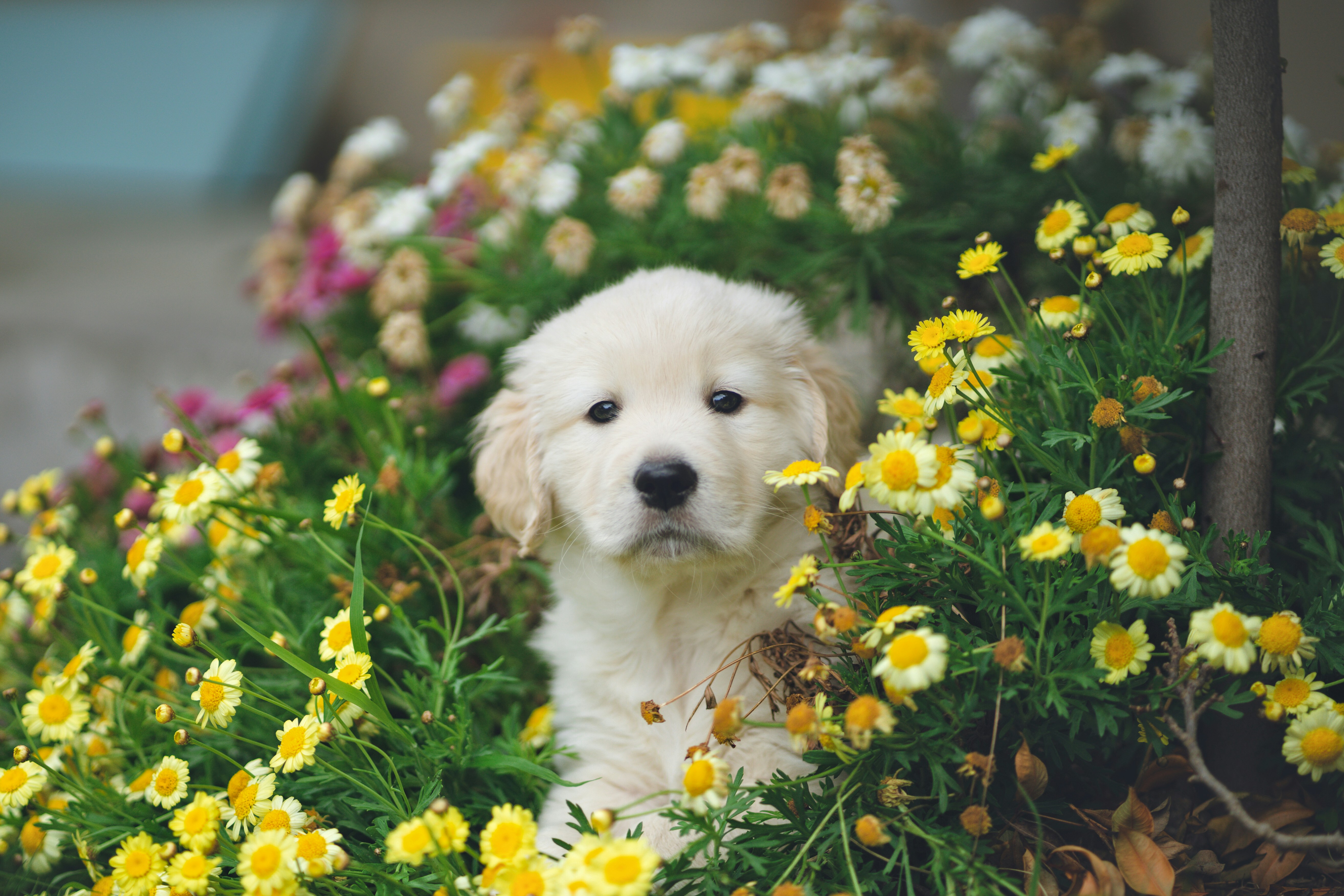
While some people prefer to keep their dogs outside at all times, this is usually not a safe option for most people, whether it’s because of the weather or because of limited space or an unfenced area. This means that your pup will likely spend a lot of time inside your home. And if you work outside the home, a lot of this time will be spent without supervision. While some dogs react well to crates and crate training, sometimes simply investing in baby gates and setting barriers for your puppy is sufficient to keep your belonging safe and keep them from getting overwhelmed by realizing they have access to such a large and open space. Just make sure that they have access to water, food, and a potty pad if you are going to be gone for an extended period of time.
Getting a pup is more than just getting their pet license, buying some food, and calling it a day. With a lot of careful planning and a willingness to try new things when something doesn’t quite seem like it’s working out for you or your furry friend, adding a dog into your life result in a new best friend.







